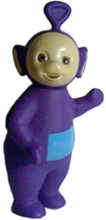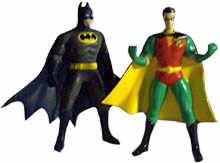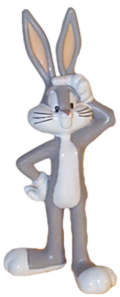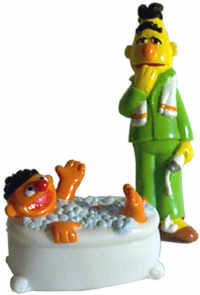| |
Or consider Pee-wee's Playhouse. Pee-wee Herman minces about and becomes obviously infatuated with other male characters who conform to gay archetypes. While parents may pick up this gay semaphore, kids aren't likely to. To them, Timon, Pumbaa, and Pee-wee are just goofy characters.
Elsewhere, the implicit has become explicit. On The Simpsons, Smithers, the bow tie wearing toady who trails around after Mr. Burns, has become increasingly gay. According to Larry Doyle, who writes for the show, Smithers was originally just a sycophant in love with the boss. But lately he has taken to cruising college campuses in his Miata, looking for "recruits." In last week's episode, Apu, the Indian convenience store owner, goes down to the docks to donate porno magazines to sailors. The sea captain calls out to thank him: "Thank you for the Jugs magazines. They'll keep my men from resorting to homosexuality ... for about 10 minutes!" The sailors all laugh, and one calls out, "Look who's talking!"
| 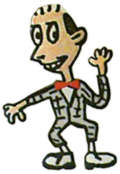 |
Pee-wee Herman |
|
